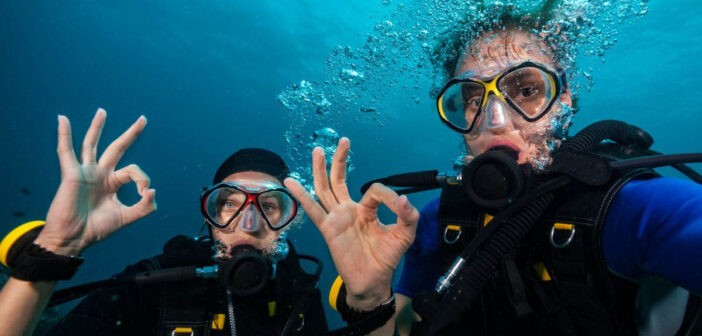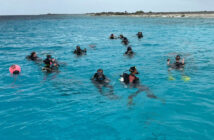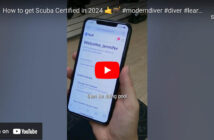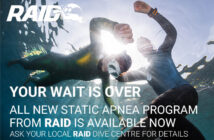Embarking on the journey to becoming a certified scuba diver is an exhilarating adventure, offering the opportunity to explore the wonders of the underwater world. However, obtaining your open water certification requires dedication, training, and a comprehensive understanding of essential skills. In this guide, we’ll navigate through the process of obtaining your open water certification, from the initial pool sessions to exploring the vast oceans.
Understanding the Open Water Certification
The open water certification is the foundational level of scuba diving certification recognized globally. It signifies that a diver possesses the necessary skills and knowledge to dive safely in open water environments. The certification typically consists of three main components: knowledge development, confined water dives, and open water dives.
Knowledge Development
The first step towards obtaining your open water certification is to complete the knowledge development portion of the course. This often involves studying a comprehensive manual or completing an e-learning program provided by a certified scuba diving agency such as PADI, SSI, RAID, NAUI or CMAS. Topics covered include dive theory, equipment use, dive planning, safety procedures, and environmental awareness.
Confined Water Dives
Once you have acquired the necessary theoretical knowledge, it’s time to put it into practice in a controlled environment. Confined water dives are conducted in a pool or shallow water setting under the supervision of a certified instructor. Here, you will learn essential scuba skills such as buoyancy control, regulator use, mask clearing, and emergency procedures. These sessions are designed to build confidence and familiarity with scuba equipment before progressing to open water dives.
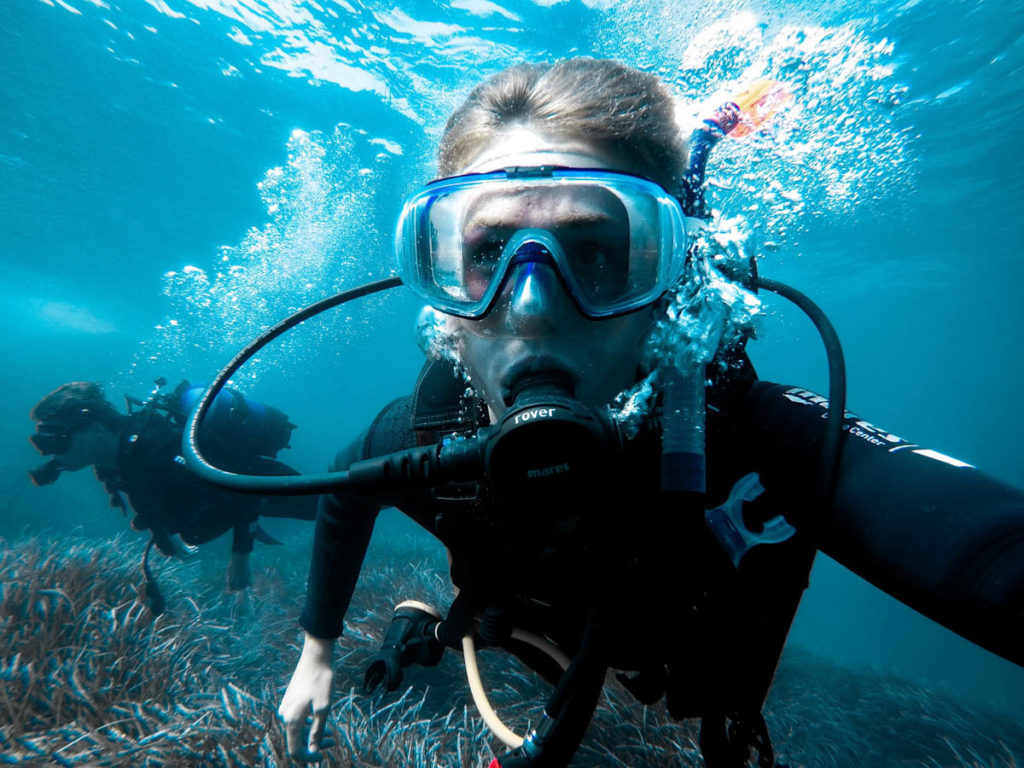
Open Water Dives
The culmination of your open water certification journey involves completing a series of open water dives in a natural environment such as a lake, quarry, or ocean. During these dives, you will apply the skills learned in confined water while exploring real underwater landscapes. Under the guidance of your instructor, you’ll practice navigation, buoyancy control, buddy communication, and dive planning. Completing a minimum number of open water dives, typically four to six, is required to demonstrate competency and earn your certification.
Choosing the Right Dive Center
Selecting a reputable dive center and instructor is crucial to ensuring a safe and enjoyable certification experience. Look for facilities accredited by recognized scuba diving agencies and instructors with extensive experience and positive reviews. Additionally, consider factors such as class size, equipment quality, and location when making your decision.
Tips for Success
- Start with a Discover Scuba Diving (DSD) experience to assess your comfort level underwater before committing to a full certification course.
- Practice good buoyancy control and breathing techniques to conserve air and prolong dive time.
- Continuously educate yourself on diving best practices, safety protocols, and environmental conservation efforts.
- Dive regularly to maintain proficiency and confidence in your skills.
- Respect local marine life and ecosystems by following responsible diving practices and minimizing your impact on the environment.
Obtaining your open water certification is an exciting milestone in your journey as a scuba diver. By following the steps outlined in this guide and dedicating yourself to learning and practicing essential skills, you’ll be well-prepared to explore the wonders of the underwater world safely and responsibly. So, dive in, embrace the adventure, and discover the beauty that lies beneath the surface. Happy diving!




